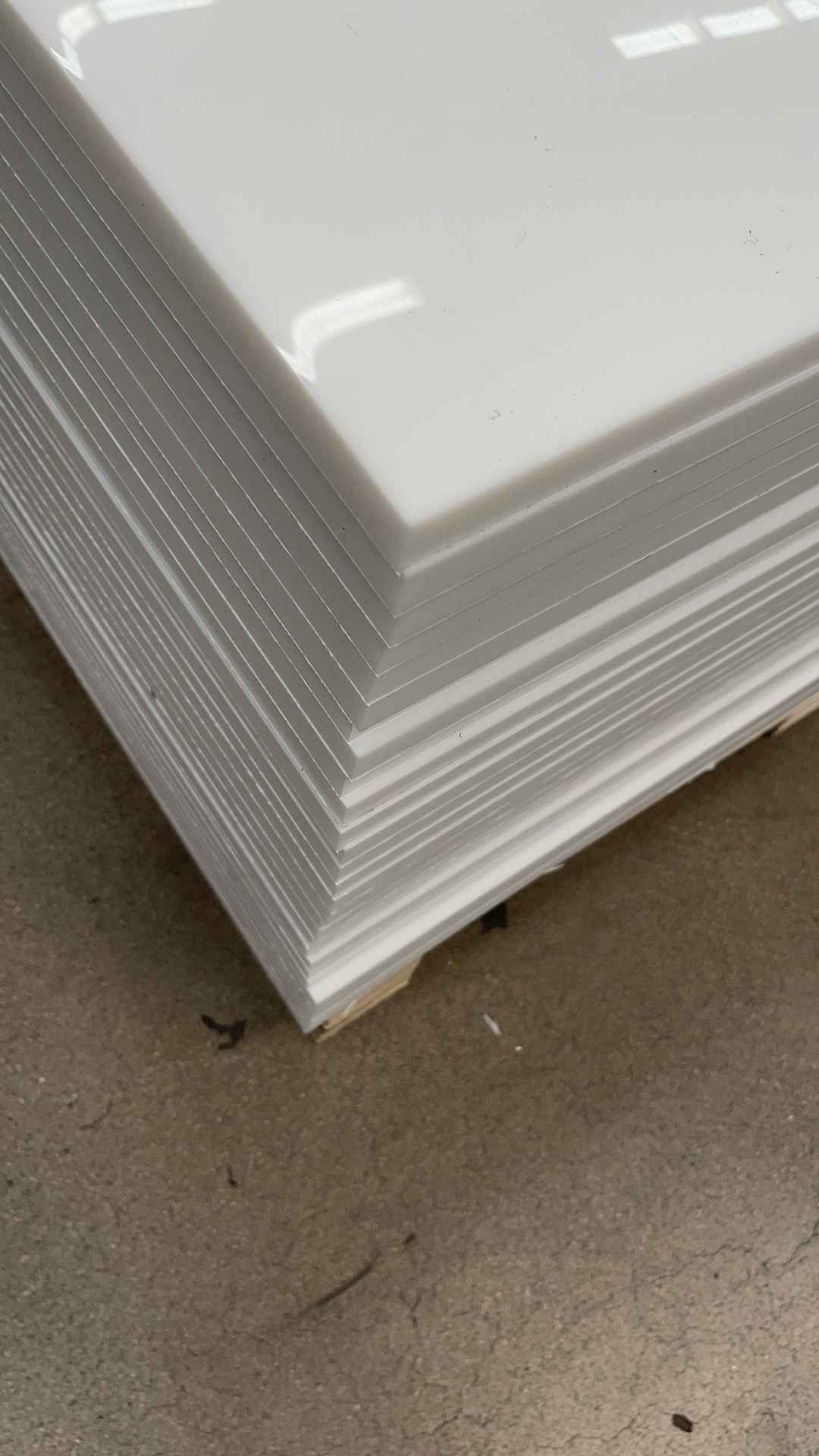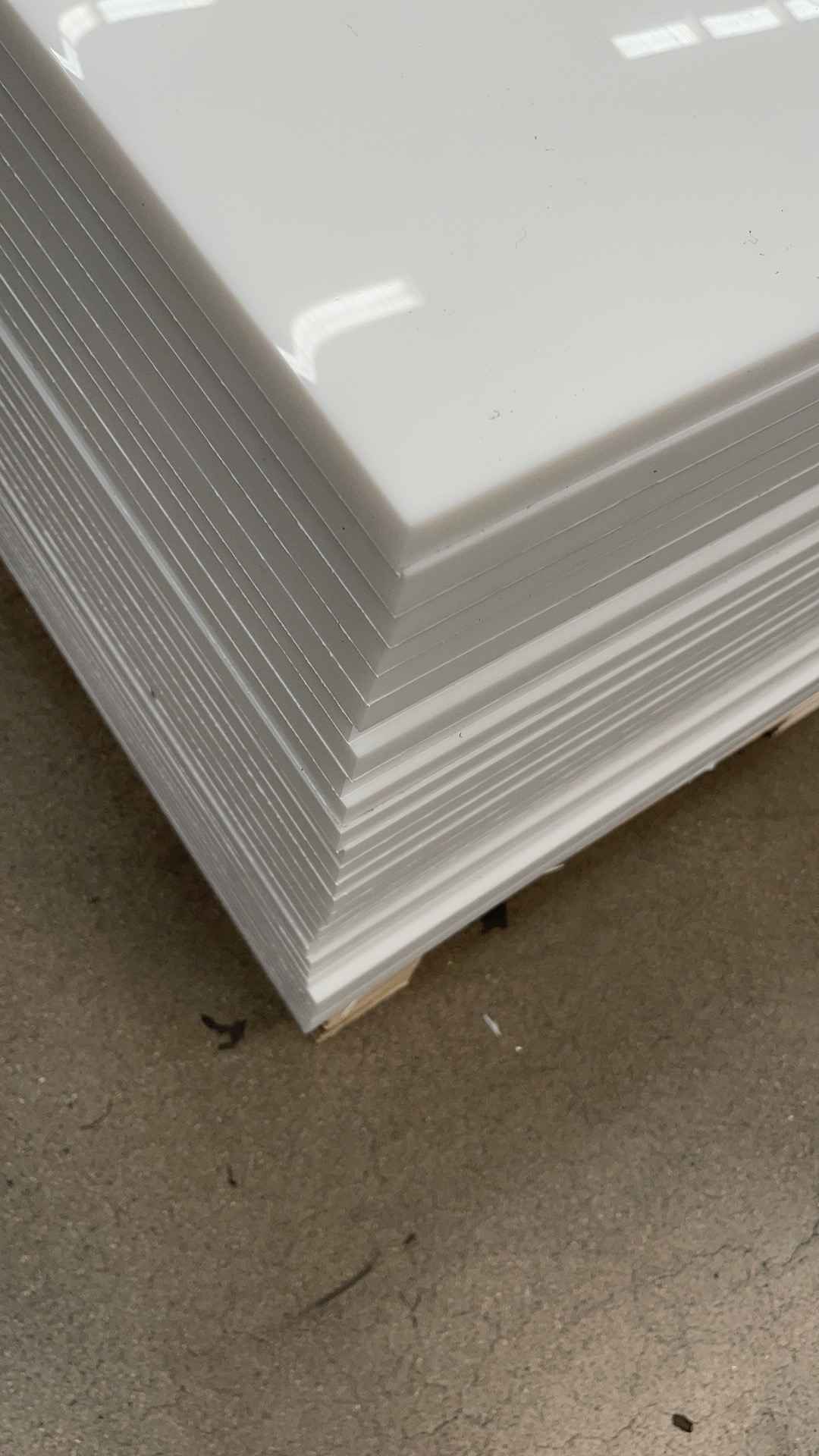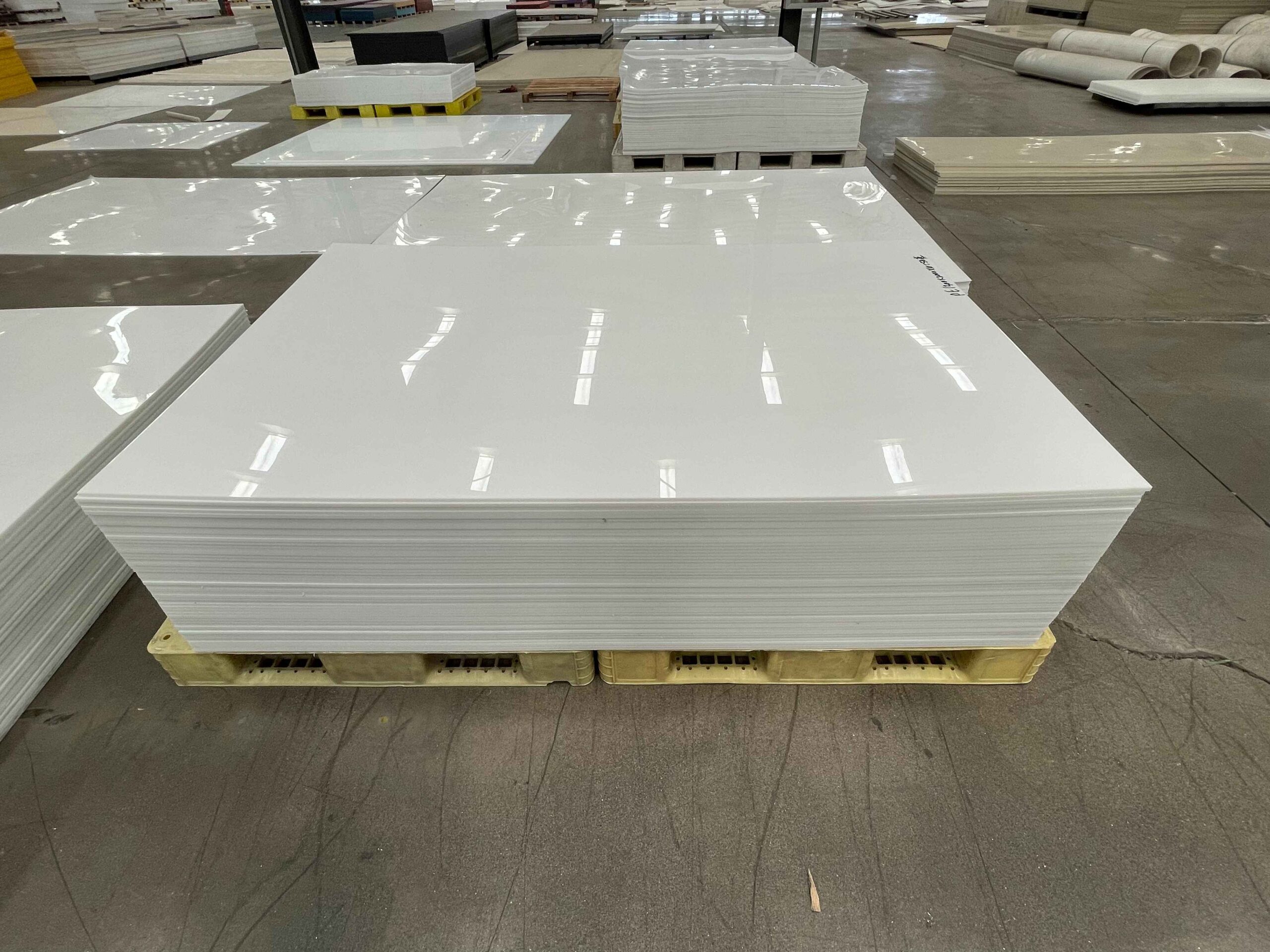Introduction to PPR Boards
1. Overview of PPR Boards
PPR boards are made from polypropylene (PP), a thermoplastic polymer known for its exceptional properties, which are reflected in the characteristics of PPR boards.
- Physical Properties
- Lightweight: With a low density, PPR boards are easy to handle and install, making them ideal for applications where reducing structural weight is critical, such as in lightweight equipment or devices.
- Uniform Thickness: Ensures stability and consistency during use, facilitating precise processing and installation, particularly in applications requiring tight fits or sealing.
- Chemical Properties
- Corrosion Resistance: PPR boards resist a wide range of chemicals, maintaining stability in various chemical environments. This makes them suitable for applications like chemical storage containers or components in industrial facilities exposed to corrosive substances.
- Acid and Alkali Resistance: Capable of withstanding acidic and alkaline substances, PPR boards are well-suited for industries such as wastewater treatment and electroplating, where they can be used to manufacture acid- and alkali-resistant components like tanks and troughs.
2. Applications of PPR Boards
- Industrial Applications
- Wastewater Treatment: The corrosion and acid-alkali resistance of PPR boards make them ideal for use in wastewater treatment equipment, such as inner linings for treatment tanks or components in processing pipelines.
- Chemical Industries: In sectors like chemical fiber, chlor-alkali, petroleum, dyes, and pesticides, PPR boards are used to manufacture storage containers, reactor linings, and pipelines. Their resistance to chemical corrosion ensures reliable performance and extended equipment lifespan.
- Construction Applications
- Hot and Cold Water Systems: PPR’s hygienic properties make it suitable for potable water systems. PPR boards can be used in hot and cold water systems for components like pipe connectors or protective casings.
3. PPR Board Products and Features
- Virgin PPR Boards
- High-Temperature Resistance: These boards perform reliably at elevated temperatures, making them suitable for industrial pipelines or components exposed to hot media, such as hot water supply systems or pipelines for high-temperature chemicals.
- Electroplated PPR Boards: Designed for applications requiring specialized surface properties, these boards serve as base materials for electroplating to enhance surface characteristics like conductivity or corrosion resistance. They are used in industries such as electronics and automotive for manufacturing components with specific performance requirements.












